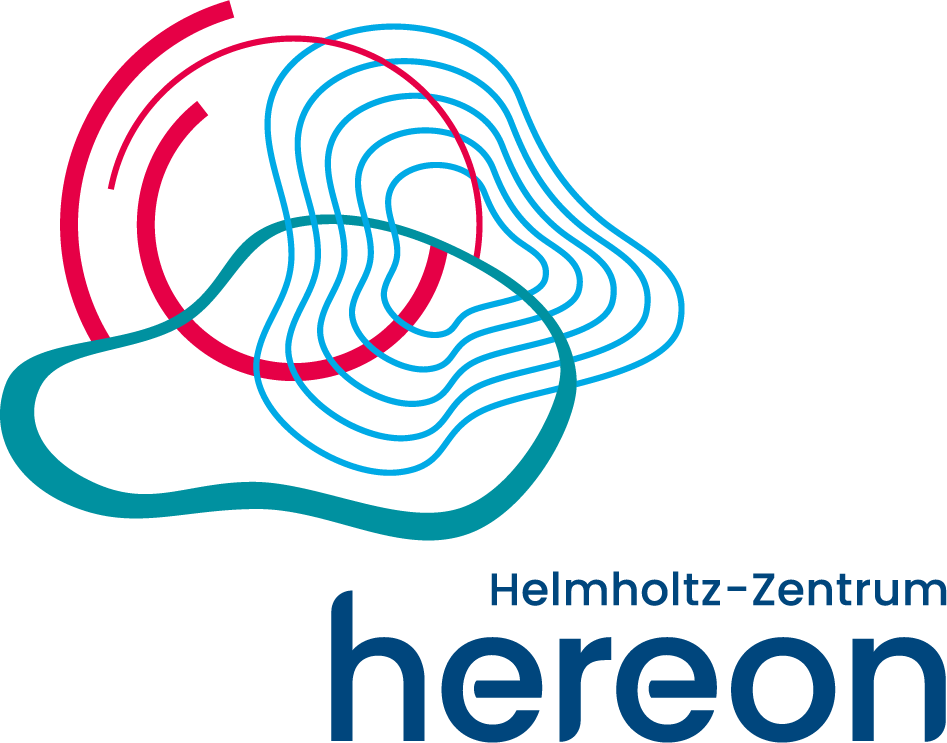MLZ is a cooperation between:
 > Technische Universität München
> Technische Universität München > Helmholtz-Zentrum Hereon
> Helmholtz-Zentrum Hereon
 > Forschungszentrum Jülich
> Forschungszentrum Jülich
MLZ is a member of:
 > LENS
> LENS > ERF-AISBL
> ERF-AISBL
MLZ on social media:

MLZ (eng)
Lichtenbergstr.1
85748 Garching
14.11.2025
A source of ultra-cold neutrons in Garching
The universe consists of significantly more matter than current theories can explain. The use of ultracold neutrons allows fundamental physical questions such as these to be investigated.

The workshop participants visited the test facility of the Garching UCN source (pictured) and the Neutron Guide Hall East, where the experiments with ultracold neutrons are to be set up. © Laura Richter, TUM / FRM II
At the beginning of October, international scientists gathered at a workshop at FRM II to discuss current developments and prospects for ultra-cold neutron sources (UCN). The progress of the planned UCN source at MLZ was also presented.
International participation
Workshop leader Prof. Dr. Bastian Märkisch (TUM) emphasised that the understanding of UCN sources has advanced considerably since the original concepts were developed. In guest lectures, the international participants reported on the current status and challenges of the UCN sources at their institutions, for example, at the Paul Scherrer Institute (Switzerland), TRIUMF (Canada), ILL (France), and PULSTAR (USA). Dr Andreas Frei, responsible for UCN at FRM II, presented results from the research reactor in Mainz, where a UCN prototype is being operated
and used for tests to develop the Garching UCN source.
As slow as a bicycle
The UCN source is currently still in the construction phase and is to be installed in the SR-6 beam tube of the FRM II. The cooling of the neutrons is to work as follows: higher-energy neutrons excite lattice vibrations in a cryogenic solid at a temperature of -268° Celsius. As a result, they lose almost all of their energy in a single collision process and are converted into ultra-cold neutrons – particles that move as slowly as a cyclist. This means that, unlike other neutrons, they can be stored and observed for longer periods of time using magnetic fields or containers made of suitable materials. These long storage times make it possible to study the neutron itself and its fundamental properties with the highest precision.
Further information
More information about the Garching UCN source.
MLZ is a cooperation between:
 > Technische Universität München
> Technische Universität München > Helmholtz-Zentrum Hereon
> Helmholtz-Zentrum Hereon
 > Forschungszentrum Jülich
> Forschungszentrum Jülich
MLZ is a member of:
 > LENS
> LENS > ERF-AISBL
> ERF-AISBL
MLZ on social media:


